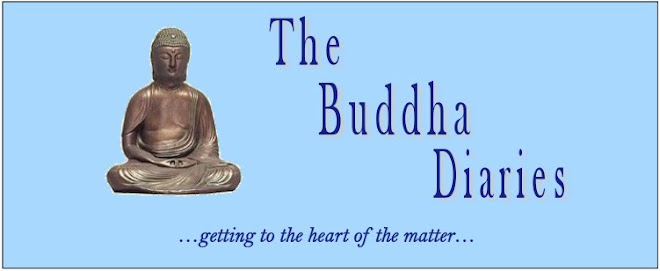by Benjamin Moss and Judy Prince
Be it said from the start that I am not the target audience for this book. The target
reader is the therapy practitioner intrigued by the potential of hypnosis and
looking for another tool in the therapeutic toolbox. The book is a concise, experiential
and eminently practicable manual in the art of hypnotherapy. If I were a
therapist—I’m not—I would value its detailed, easy-to-follow scripts and its
no-nonsense do’s and don’ts. Everything you need to know is here, wrapped in a
manageable and attractive package. As one who values brevity and concision, I’m
impressed by the amount of practical wisdom that fit snugly in its ninety or so
pages.
That said, even as a layman with no professional application
for its contents, I enjoyed the read and learned a lot from it. I came to it
with some presumptions about hypnosis from which Moss and Prince speedily
disabused me. No swinging timepieces or crystals here, no spooky instructions
to “Go to sleep!”, no invitation to weird or untypical behaviors. No regression
to childhood experience or prior lives. Moss, the hypnotherapist of long years
of experience and Prince, a psychotherapist who came to him originally to learn
the practice, are at pains to distinguish what they do, for both the reader and
their clients, from the “going to sleep” model. For them, its all about
relaxation, gentle guidance and suggestion; the hypnotic state they describe is
one of deep concentration and awareness, in which the relationship of trust
between practitioner and client is at once intimate and respectful, deep and
compassionate without being probing, intrusive or domineering.
What struck me most, in reading The Gift of Hypnosis, was
how closely the experience resembles in both skill and intention a practice I
myself have been following for more than twenty years: breath meditation. The
practice described in these pages is in many respects identical to a guided
meditation in which the voice leads
the process and suggests a path to follow. Meditation of course is usually less
specific in its purpose: hypnotherapy intends to address particular
problems—the fear of public speaking, for example, the cessation of smoking, or
the improvement of self-confidence or self-esteem. Both skills, or arts,
however, (I see them as both) seek the relief of suffering—in part, as the
authors point out in a final chapter, by learning non-attachment. Both are a
way of going deep into the human psyche, beyond consciousness, and tapping into
the limitless and usually unrealized power of the subconscious mind.
It surprised me that Moss and Prince remain so pragmatic in
their approach. Romantic that I am at heart, I was expecting something, well…
more Jungian in their exploration of the potential of hypnosis, a greater
access to the domain of myth and archetype. Thinking back on what I read,
though, I realize that what the authors so usefully provide is no more nor less
than a gateway into the life of the
mind. What interests us in stepping through that gateway may vary greatly.
Psychotherapists will, I’m sure, want to take advantage of the access it offers
to the past, or to that poetic, let’s say spiritual landscape of dream and
mythic narrative where ultimate meanings are opened up for exploration. Others,
though, will be satisfied with its potential to arrive at a kind of inner peace
and a more balanced sense of self.
The "gift," of course, works two ways, as this small book makes clear. It is not only what is received by the beneficiary, it is also the skill of the practitioner. And, too, the book itself is intended as a gift, as the authors make clear in their introduction. For myself, The Gift of Hypnosis brought me to this
realization: not only is the practice related in many unexpected ways to
meditation; in some ways, too, the practice of meditation may be a benign form
of self-hypnosis. Something, surely, on which to meditate!






No comments:
Post a Comment